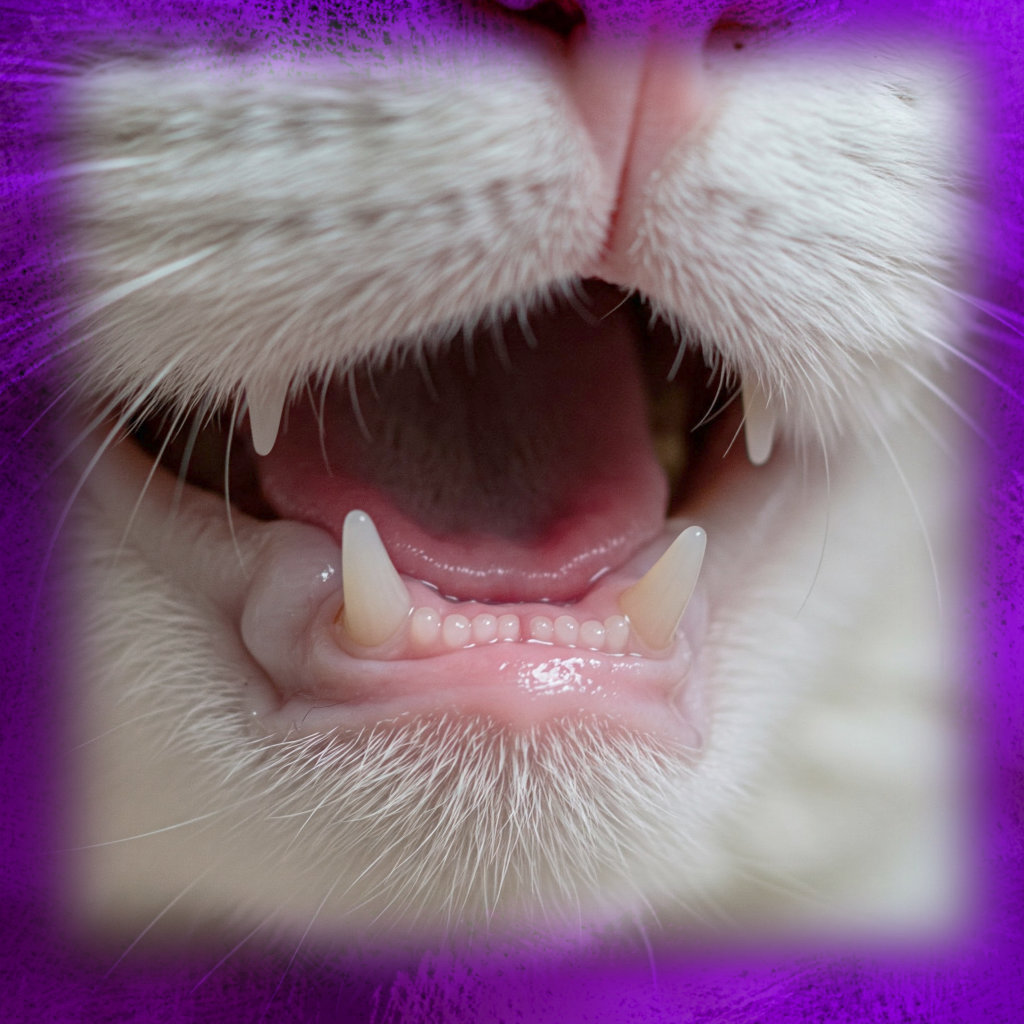The hue of a cat’s gums is a silent yet potent indicator of its well-being. While pale pink is the norm, a ghastly white pallor can signal distress. Should pet owners panic at the sight of blanched gums? Understanding the causes, implications, and necessary actions is crucial.
Understanding Normal Cat Gum Color
Healthy feline gums typically exhibit a bubblegum pink shade, though slight variations exist. Pigmentation differences in breeds like Siamese or Maine Coons may obscure readings. A capillary refill test—pressing gently on the gums and observing blood return—should show prompt recoloration.
What Do White Gums Indicate?
Porcelain-white gums are seldom benign. They often point to systemic failures—compromised circulation, oxygen deprivation, or severe blood loss. Immediate veterinary assessment is non-negotiable.
Common Causes of White Gums in Cats
Anemia tops the list, whether from nutritional deficits or chronic disease. Circulatory shock, triggered by trauma or infection, starves tissues of oxygen. Kidney disease allows toxins to accumulate, while dehydration thickens blood, impairing flow.
Symptoms Accompanying White Gums
A cat with alabaster gums may listlessly sprawl, its breath rapid and shallow. The paws feel icy, and interest in food wanes. These signs coalesce into a grim tableau of decline.
Emergency Situations: When to Panic
A sudden blanching, especially post-injury, demands haste. Gradual pallor, though insidious, is equally perilous. Gasping, collapse, or unresponsiveness means every second counts.
Diagnostic Procedures for White Gums
When a cat presents with blanched gums, veterinarians employ a systematic approach. A physical examination assesses capillary refill time, heart rate, and hydration. Blood tests, including a complete blood count (CBC) and biochemistry panel, reveal anemia, infection, or organ dysfunction. Imaging techniques like X-rays or ultrasounds detect internal bleeding or masses. These diagnostics form a roadmap for intervention.
Anemia in Cats: A Deep Dive
Anemia—a deficiency of red blood cells—manifests in two forms: regenerative (bone marrow responds) and non-regenerative (marrow fails). Iron deficiency, chronic disease, or FeLV (Feline Leukemia Virus) may be culprits. A smear test distinguishes causes, guiding treatment like iron supplements or immunosuppressants.
Circulatory Shock: A Silent Killer
Shock—a perilous drop in blood flow—stems from trauma, sepsis, or heart failure. Cold limbs, weak pulses, and confusion ensue. Aggressive IV fluid therapy, oxygen support, and vasopressors may stabilize the cat. Delay worsens prognosis.
Kidney Disease and Gum Pallor
Chronic kidney disease (CKD) disrupts erythropoietin production, causing anemia. Acute failure, from toxins or blockages, triggers uremic poisoning. Both scenarios bleach gums. Treatments range from subcutaneous fluids to dialysis.
Dehydration: More Than Just Dry Gums
A dehydrated cat’s gums lose elasticity. The tent test—lifting the scruff—reveals slow skin retraction. Subcutaneous or IV fluids rehydrate, while electrolyte gels prevent relapse.
Blood Loss: External and Internal Factors
Visible wounds demand pressure and clotting agents. Hidden bleeding, from ulcers or tumors, requires endoscopy or surgery. A packed cell volume (PCV) test quantifies blood loss severity.
Feline Leukemia Virus (FeLV) and Gum Health
FeLV suppresses bone marrow, causing profound anemia. Transmission occurs via saliva or bites. While incurable, antivirals and blood transfusions prolong life.
Other Rare Causes of White Gums
Cardiac disease impedes circulation, while autoimmune disorders attack blood cells. Both necessitate specialist referrals.
Home Examination Tips
Lift your cat’s lip gently. Healthy gums rebound quickly when pressed. Stickiness or pallor warrants a vet visit.
First Aid for White Gums
Wrap the cat in a blanket to conserve heat. Offer pedialyte via syringe if conscious. Avoid force-feeding.
When to Rush to the Vet
Labored breathing, collapse, or blue-tinged gums signal crisis. Even subtle pallor merits same-day evaluation.
Veterinary Treatments Available
- Blood transfusions for severe anemia.
- Dopamine drips for shock.
- Antibiotics for infections.
Preventive Measures for Healthy Gums
Annual exams, parasite control, and iron-rich diets (liver, fortified kibble) mitigate risks.
Nutritional Support for Gum Health
Vitamin B12, folic acid, and taurine bolster blood health. Wet food aids hydration.
The Role of Hydration in Gum Color
Water fountains encourage drinking. Broth additives entice finicky cats.
Stress and Its Impact on Feline Health
Chronic anxiety constricts blood vessels. Feliway diffusers and safe hiding spots reduce tension.
Dental Health and Gum Color Correlation
Periodontal disease inflames gums, masking systemic issues. Daily brushing prevents plaque.
Monitoring Your Cat’s Recovery
Track energy levels and gum hue. Relapses demand immediate re-evaluation.
Long-Term Health Management
CKD cats need phosphate binders. FeLV+ cats require isolated living.
Myths About White Gums Debunked
- “Pale gums are normal for old cats.” False—age isn’t a cause.
- “Home remedies can fix it.” Delay kills.
Case Studies: Real-Life Scenarios
Mittens, a 5-year-old tabby, survived shock thanks to 90-minute CPR. Oscar, anemic from fleas, rebounded after transfusion and ivermectin.
Expert Opinions on Feline Gum Health
Dr. Ellen Reeves (DVM) stresses: “White gums = oxygen starvation. Never wait.”
FAQs About White Cat Gums
Q: Can white gums be normal?
A: Only in congenital conditions, like albinism—rare and diagnosed early.
Q: How quickly should I act?
A: Within hours. Organ damage escalates rapidly.
Conclusion
White gums are a biological SOS. Vigilance saves lives. Schedule that vet visit—now.

